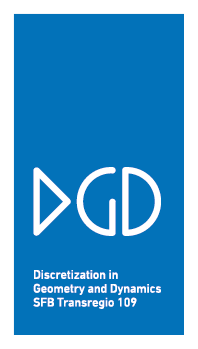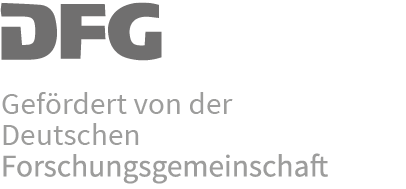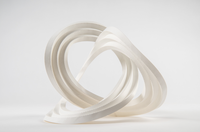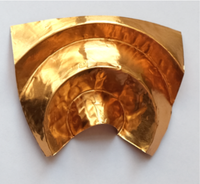Interactive Design of Developable Surfaces
Pengbo Bo, Helmut Pottmann, Chengcheng Tang, Johannes WallnerDescription
A new approach to geometric modeling with developable surfaces and the design of curved-creased origami is presented. Developables are represented as splines and the nonlinear conditions relating to developability and curved folds are expressed as quadratic equations. This allows us to utilize a constraint solver which may be described as energy-guided projection onto the constraint manifold, and which is fast enough for interactive modeling. Further, a combined primal-dual surface representation enables us to robustly and quickly solve approximation problems.
Developable surfaces are very important in both theory and practice. Being defined as surfaces which locally can be mapped to a planar domain without stretching or tearing, they represent the shapes obtainable with thin materials like sheet metal or paper which do not stretch. Thus developables are relevant to the manufacturing industry as well as to architecture and art. A topic with many contributions to developables is papercraft and origami. It should emphasized that not only smooth developables but also crumpled/buckled surfaces are relevant. Developables also occur in other places, for instance in connection with folding maps in augmented reality, 3D reconstruction, or mesh segmentation.
Despite their obvious importance, developable surfaces still present difficulties to today’s CAD systems, and geometric modeling with developables in its full generality is not available, apart from lofting, i.e., defining a developable by its boundary. The reason for that undoubtedly is the highly nonlinear nature of developability. Differential geometry provides us with a detailed mathematical description of developables: Assuming piecewise curvature-continuity, they consist of ruled surfaces with the additional property that the tangent plane along a ruling is constant.
In order to make high quality developable surfaces available to industrial design, we have to model all degrees of freedom of composite surfaces whose individual parts enjoy $C^2$ smoothness and which are constrained by developability. Proposed is an approach to developability based on splines, which is the standard surface representation of computer-aided design.













